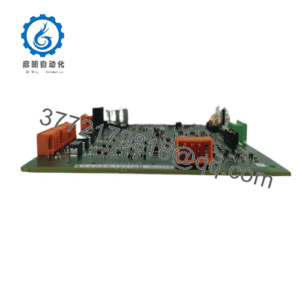Description
What This Product Solves
In the realm of industrial automation, bridging legacy fieldbus networks to modern engineering tools often turns into a bottleneck—think commissioning a PLC rack where Modbus Plus cables snake through cabinets, but your laptop lacks a native serial port, forcing awkward adapters or dedicated industrial PCs that tie up resources and inflate setup costs. This gap widens in process control environments, where real-time diagnostics on remote I/O drops or drive faults demand quick, cable-free access without risking signal interference or security exposures from makeshift connections. Downtime spikes when teams scramble for compatible hardware, and in high-reliability setups like synchronized conveyor systems or batch reactors, even brief comms blackouts can cascade into production halts, eroding margins in an era of lean operations.
Enter the Schneider TSXCUSBMBP, a USB-to-Modbus Plus gateway that dissolves these integration hurdles by delivering plug-and-play connectivity straight from your standard PC to rugged field networks. It’s the go-to when upgrading Modicon Quantum PLCs in factories still running Modbus Plus for its deterministic token-passing reliability, yet needing seamless ties to Unity Pro or Concept software for configuration and monitoring. In scenarios like troubleshooting a distributed control system during off-hours or scaling a legacy line with new HMIs, this gateway becomes essential, eliminating the need for bulky converters that clutter panels or demand custom cabling. By supporting virtual serial ports, it lets Win32 apps treat the Modbus Plus bus like a local COM link, streamlining data polling from sensors and actuators without protocol mismatches that plague hybrid setups.
For engineers eyeing high-reliability industrial automation, the Schneider TSXCUSBMBP ensures I/O signal flows remain uninterrupted, cutting debug cycles from hours to minutes. It’s particularly clutch in environments with EMI-prone cabling, where USB isolation prevents ground loops from corrupting process control commands. Ultimately, it empowers your team to focus on optimization—whether tuning PID loops or verifying redundancy—rather than wrestling with connectivity relics, fostering the modular integration that keeps systems agile as demands evolve.
How the Product Works & Fits into a System
The Schneider TSXCUSBMBP operates as a compact translator in your automation stack, plugging into a USB 2.0 port on any Windows-based engineering station to extend Modbus Plus communications over twisted-pair cabling up to 1,200 meters. At startup, its driver software—downloaded from Schneider’s portal—installs a virtual serial port (VSP) that maps USB traffic to the Modbus Plus protocol, complete with token-ring arbitration for collision-free multi-drop access. This means your PC acts as a native node on the bus, querying up to 64 devices with sub-millisecond latency, whether pulling analog values from Quantum I/O modules or flashing firmware on remote drops.
Positioned as an edge connector between the control layer and field devices, it slots into the lower I/O architecture of Modicon ecosystems, feeding data upward to DCS platforms like EcoStruxure or third-party SCADA via OPC servers. In a typical backplane setup, you’d daisy-chain it off a Quantum CPU’s Modbus Plus port, enabling diagnostics without halting the rack—handy for hot-swapping modules during live runs. Redundancy gets a boost too; pair it with a secondary gateway for dual-path failover, ensuring critical system uptime in ring topologies where a single link cut could isolate actuators. Protocol handling is Modbus Plus-native, with support for RTU framing over serial emulation, so legacy apps like ProWORX run unchanged while modern tools leverage USB’s 480 Mbps backbone for bulk transfers.
What makes it user-friendly is the self-contained design: no external power draw beyond USB’s 500 mA, and LED indicators for bus activity and errors that mirror Quantum’s front-panel cues. In distributed networks, it fits alongside Ethernet gateways for hybrid comms, reducing the sprawl of protocol converters in cabinets. For instance, during a plant-wide retrofit, the Schneider TSXCUSBMBP lets you poll Modbus Plus assets from a single laptop, aggregating trends for analysis without dedicated hardware. This low-profile integration trims engineering hours, positioning it as the flexible link that unifies old and new in your process control fabric, all while upholding the deterministic performance that Modbus Plus is famed for.
| Specification | Details |
|---|---|
| Model Number | TSXCUSBMBP |
| Brand | Schneider Electric |
| Type | USB to Modbus Plus Gateway |
| Input Voltage | 5 VDC (via USB) |
| Operating Temp Range | 0°C to 60°C |
| Mounting Style | DIN Rail / Panel |
| Dimensions | 105 x 24 x 70 mm |
| Weight | 0.15 kg |
| Interface/Bus | USB 2.0 / Modbus Plus |
| Compliance | CE, UL, RoHS |
| Supported Protocols | Modbus Plus, Modbus RTU (emulated) |
| Typical Power Draw | 2.5 W |
Real-World Benefits
Deploying the Schneider TSXCUSBMBP arms your automation workflows with a connectivity layer engineered for the practicalities of field engineering, where access points are scattered and tools must adapt without fanfare. Its USB foundation means instant recognition on laptops running Windows 2000 or later, delivering stable VSP emulation that keeps diagnostic sessions fluid—even in dusty control rooms where serial adapters would gum up. This reliability shines in maintaining I/O signal integrity over long hauls, with built-in isolation thwarting noise from VFD harmonics, so your process variables arrive uncorrupted for accurate trending and alarming.
The payoff extends to maintenance efficiency, as the gateway’s node-addressing software lets you reconfigure on the fly via a simple GUI, slashing the overhead of manual dip-switch tweaks during expansions. Teams report fewer trips to remote panels, since remote polling via Modbus Plus uncovers faults like dropped packets before they trigger interlocks—translating to proactive interventions that preserve uptime in 24/7 loops. Integration ease is another quiet win; it mates with Magelis HMIs or Quantum racks out of the box, minimizing custom scripting and letting you repurpose existing PCs for commissioning, which compresses project timelines without ballooning budgets.
Long-term, the Schneider TSXCUSBMBP ensures performance consistency by adhering to Modbus Plus’s token protocol, avoiding the jitter that plagues Ethernet bridges in deterministic apps. This fosters scalable architectures where you layer in Ethernet/IP without ripping out proven cabling, reducing total engineering overhead across upgrades. In essence, it’s the enabler that turns fragmented networks into cohesive assets, delivering the high-reliability backbone that supports evolving demands while keeping operational costs predictably low.
- TSXCUSBMBP
Typical Use Cases
The Schneider TSXCUSBMBP anchors connectivity in oil and gas refineries, where it’s wired into Modbus Plus backbones for Quantum PLCs overseeing distillation columns, enabling engineers to troubleshoot valve actuators and level sensors from a central ops desk amid corrosive fumes and vibration. In these process control environments, its extended reach ensures critical system uptime during flare-ups or throughput ramps, with VSP access pulling high-speed diagnostics to preempt pressure anomalies without exposing the bus to unsecured ports.
Water and wastewater plants leverage it for remote I/O monitoring in pump stations, bridging USB laptops to Modbus Plus drops scattered across treatment basins—vital for fast data cycles on pH and flow feedback that drive dosing pumps. Harsh conditions like submersion risks and humidity are handled via DIN-rail mounting, supporting continuous uptime in unmanned outposts where signal reliability means averting overflows or compliance violations.
In automotive assembly, the Schneider TSXCUSBMBP facilitates line-side commissioning of synchronized transfer systems, connecting to legacy Modbus Plus networks for real-time tweaks on encoder I/O without halting conveyors. Used in power plants for turbine interlock verification, it streamlines hot-cutovers by emulating serial comms over USB, ensuring seamless handoffs in high-stakes environments. Across petrochemicals, utilities, and discrete manufacturing, this gateway powers applications demanding robust, low-latency field access, proving its mettle where network resilience directly bolsters operational resilience.
TSXCUSBS2 – Serial-to-USB converter for legacy RS-232/485 ties in Modbus RTU setups.
BMXNOE0100 – Ethernet-to-Modbus gateway for Quantum-to-Ethernet migrations.
TSXPCX1030 – Modbus Plus cable kit for extending bus drops in rack installations.
ASMBP01 – Modbus Plus repeater module for ring topologies in large-scale networks.
TSXCUSB485 – USB-to-Modbus RTU/ASCII adapter for non-Plus serial field devices.
140NOE77101 – Advanced Ethernet module for hybrid protocol bridging in EcoStruxure.
TSXAEY420 – Analog output module compatible for expanded I/O via Modbus Plus.
Before integrating the Schneider TSXCUSBMBP, confirm your OS meets the baseline—Windows XP SP2 or 2000 SP4 minimum, with at least 256 MB RAM and 1 MB free disk for the driver suite—to sidestep install hiccups that could lock out VSP creation. Scan for USB port conflicts using Device Manager; if a prior version lingers, uninstall the VSP remnant manually to prevent binding errors on reconnect. Bus-side, verify Modbus Plus node addressing aligns with your Quantum rack’s scheme—duplicates spark token storms—so poll the network with Schneider’s config tool pre-linkup. Allocate space on your DIN rail, factoring in 5 cm clearance for heat dissipation in enclosed panels, and ground the shield properly to curb EMI ingress from nearby relays.
Once operational, upkeep revolves around straightforward checks to sustain peak throughput. Bi-monthly, fire up the diagnostic LED via the driver app to log bus traffic; steady green on activity means clean polling, but flashing errors cue a cable continuity test with a TDR tool. Quarterly connector wipes with ESD-safe cloths prevent oxidation on the DB9 Modbus end, especially in humid plants—reseat after to confirm torque without stripping threads. Yearly, run a full node simulation via Unity Pro, benchmarking latency against baselines to catch drift from cable wear; if VSP drops occur, cycle USB power and reload drivers sans hardware yank. For deeper dives, Schneider’s remote logging captures traces over VPN, but local habits like these keep interventions light, ensuring the Schneider TSXCUSBMBP delivers unwavering service with minimal floor time.

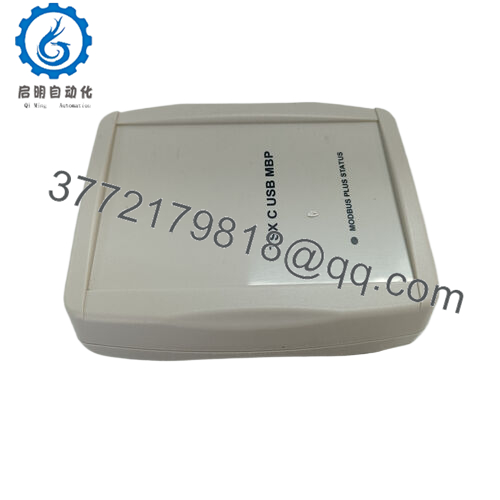
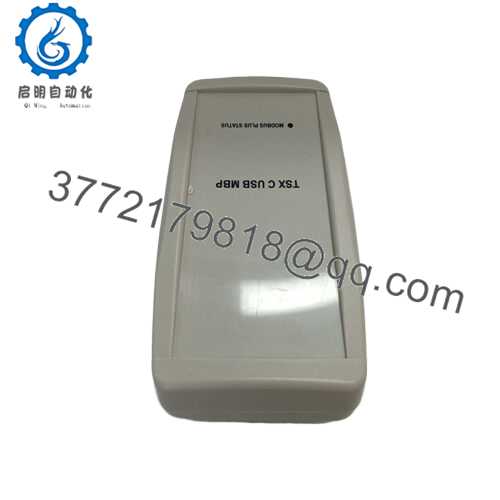
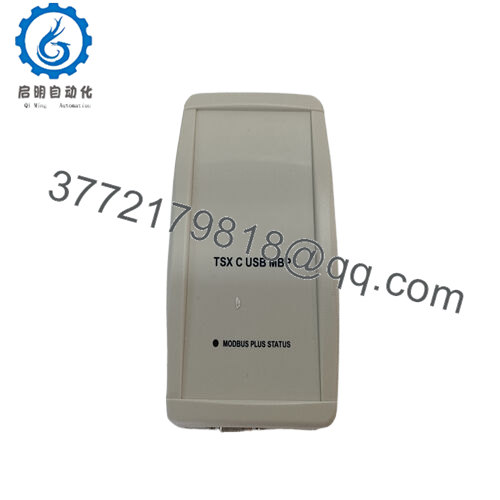
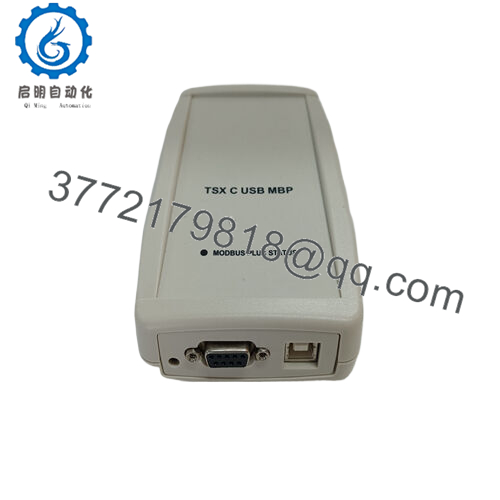
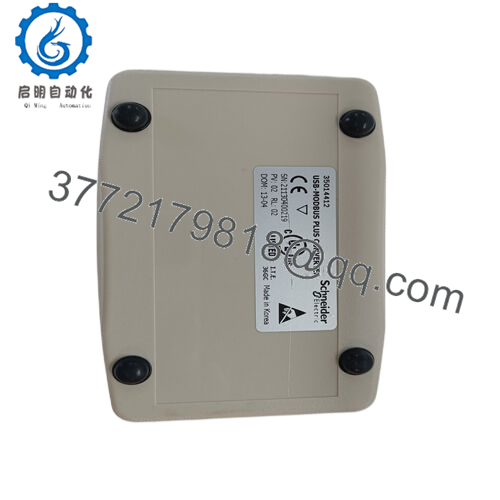
 WhatsApp: +86 16626708626
WhatsApp: +86 16626708626 Email:
Email:  Phone: +86 16626708626
Phone: +86 16626708626
